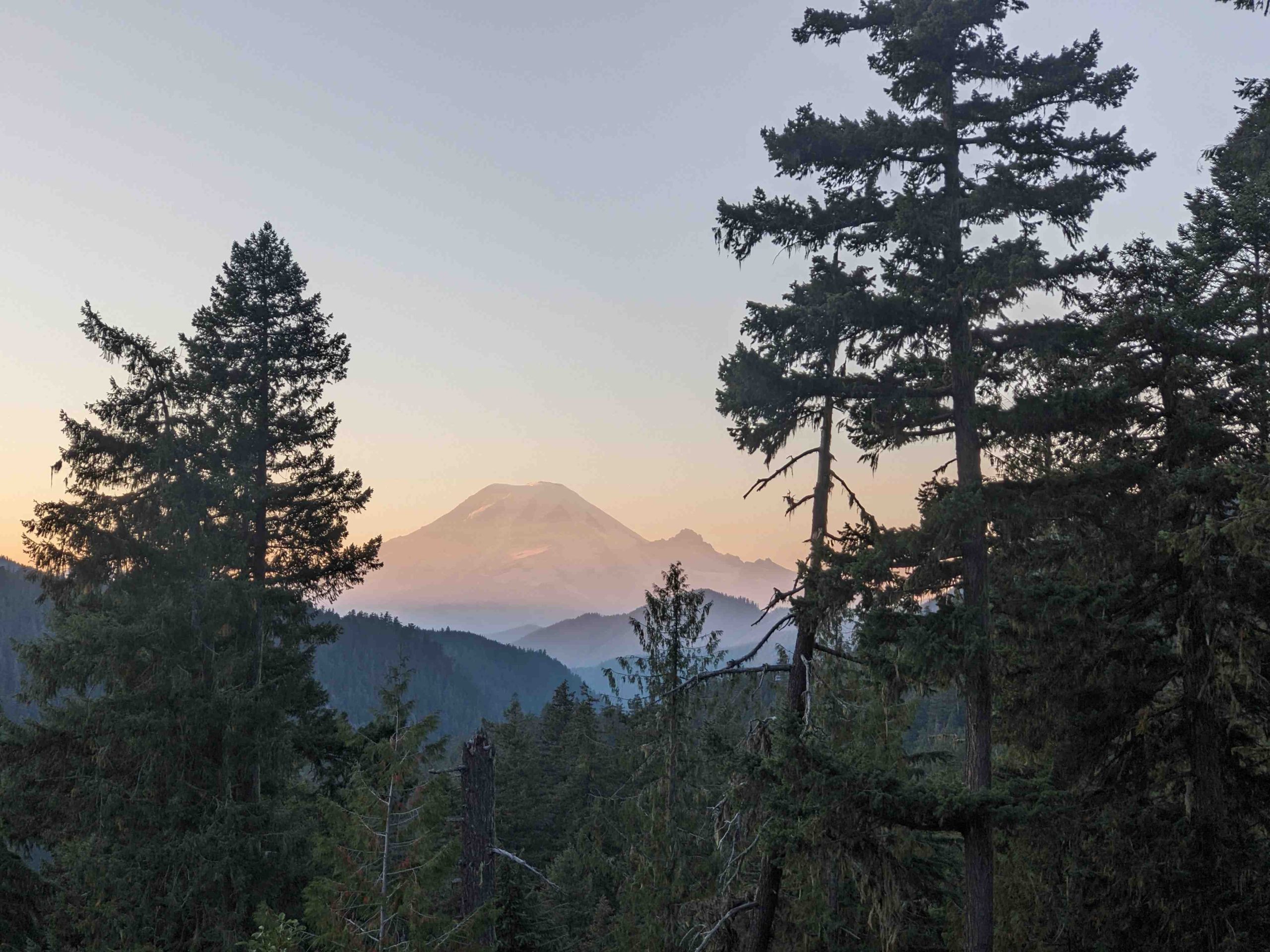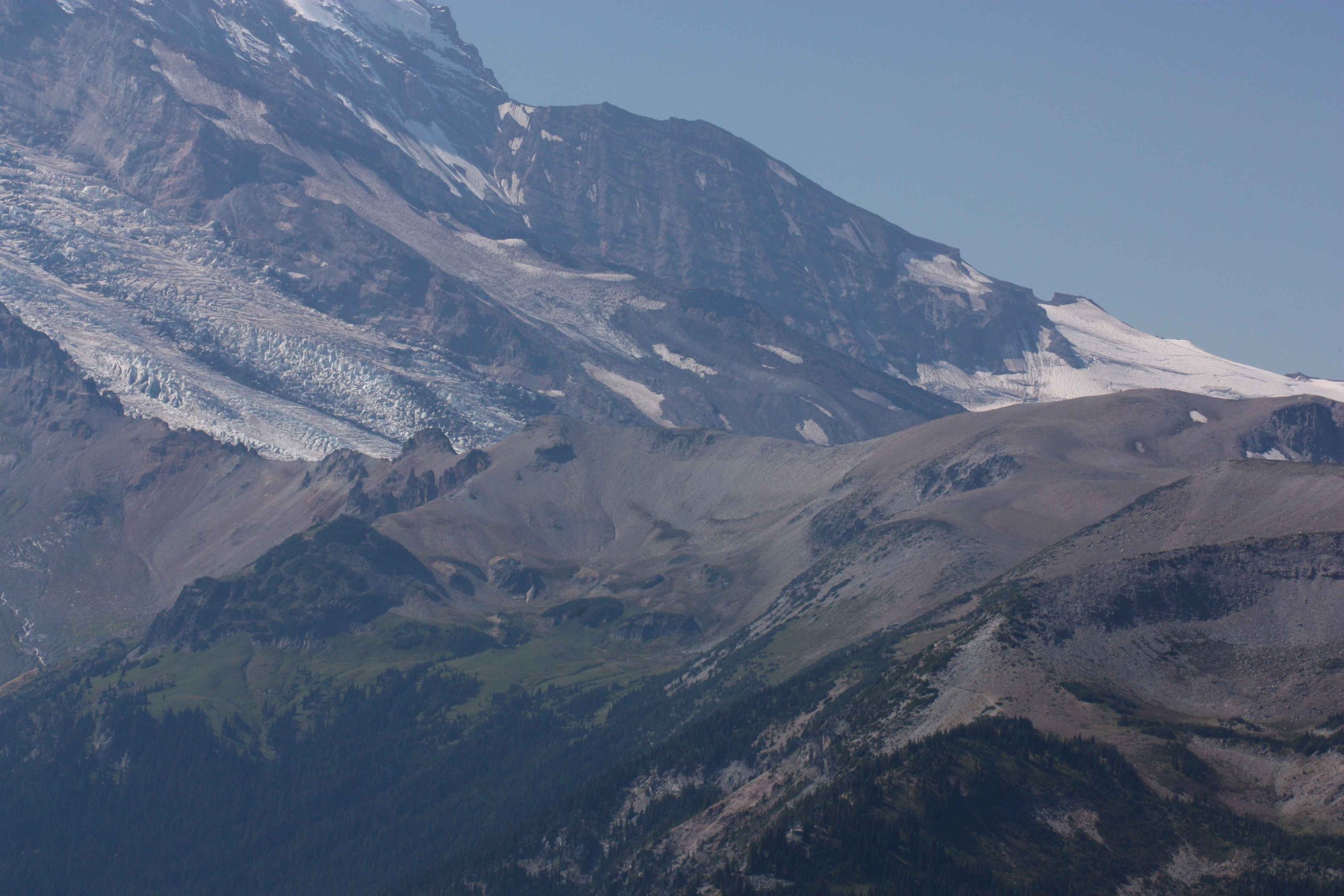Mount Rainier, an iconic stratovolcano in Washington State, stands as a towering sentinel in the Cascade Range. Its impressive altitude has long been a subject of fascination for mountaineers, geologists, and nature enthusiasts. The mountain’s elevation, traditionally recognized as 14,410 feet (4,392 meters), has recently undergone revision due to new measurements. This article delves into the exact altitude of Mount Rainier in feet, exploring its summit height, accessibility, and the challenges it presents to climbers.
What is the Exact Altitude of Mount Rainier?

The altitude of Mount Rainier has been a topic of recent discussion due to new measurements:
- Traditional Measurement: 14,410 feet (4,392 meters)
- Recent GPS Study:
- Columbia Crest (former highest point): 14,389.2 feet
- Southwest rim of the crater (new highest point): 14,399.6 feet
This recent study by Eric Gilbertson suggests that the mountain’s official height has effectively decreased by about 10 feet. The southwest rim of the crater is now considered the highest point, rather than the traditional Columbia Crest.
How Does Mount Rainier’s Height Compare to Other Peaks?

Mount Rainier’s impressive stature becomes even more apparent when compared to other notable peaks:
- Mount Rainier (14,399.6 feet)
- Mount Whitney, California (14,505 feet)
- Mount Elbert, Colorado (14,440 feet)
- Mount Massive, Colorado (14,428 feet)
- Mount Harvard, Colorado (14,421 feet)
While slightly shorter than some peaks in California and Colorado, Mount Rainier’s prominence and isolation make it a formidable and iconic mountain in the Pacific Northwest.
What Are the Key Elevation Points of Mount Rainier?
Mount Rainier’s topography is complex, with several notable elevation points:
| Feature | Elevation (feet) |
|---|---|
| Southwest Rim (highest point) | 14,399.6 |
| Columbia Crest | 14,389.2 |
| Point Success | 14,158 |
| Liberty Cap | 14,112 |
| Base to Summit Vertical Rise | ~11,000 |
This significant vertical rise of approximately 11,000 feet from base to summit contributes to Mount Rainier’s impressive prominence in the landscape.
How Accessible is Mount Rainier for Visitors?
Mount Rainier’s accessibility varies depending on your goals:
- Casual Visitors:
- Located about 59 miles south-southeast of Seattle
- Accessible via various roads in Mount Rainier National Park
-
Parking available at Paradise, Sunrise, and Longmire
-
Climbers:
- Requires permits and adherence to specific regulations
- Typically accessed from the Paradise area on the southern slope
- Involves significant elevation gain and challenging terrain
What Challenges Does Mount Rainier Present to Climbers?
Climbing Mount Rainier is a serious undertaking that presents several challenges:
- Extreme Elevation Gain: Over 9,000 feet from Paradise to the summit
- Glacial Navigation: Requires experience in glacier travel and crevasse rescue
- Weather Conditions: Rapidly changing weather patterns can create hazardous situations
- Physical Demands: High altitude and steep terrain require excellent physical fitness
- Technical Skills: Ice axe and crampon use, rope team coordination, and self-arrest techniques are essential
Are There Organized Tours to Climb Mount Rainier?
Yes, several guide services offer organized climbs of Mount Rainier:
- Typically two-day trips from the Paradise area
- Require mountaineering experience and physical fitness
- Available primarily during summer months (May to September)
- Costs vary but generally range from $1,000 to $2,000 per person
- Include equipment rentals, meals, and professional guidance
How Has Climate Change Affected Mount Rainier’s Altitude?
While the recent measurement changes are not directly attributed to climate change, Mount Rainier’s glaciers have been affected:
- Glacier Retreat: All 25 named glaciers on Mount Rainier have shown significant retreat since the early 20th century
- Ice Volume Loss: Estimated 14% decrease in ice volume between 1970 and 2008
- Potential Future Changes: Continued climate change could lead to further glacier retreat and potential changes in the mountain’s topography
Mount Rainier’s altitude in feet remains an impressive feature of this iconic peak. Whether viewed from afar or climbed by experienced mountaineers, its towering presence continues to captivate and inspire. As measurements and environmental conditions evolve, Mount Rainier stands as a testament to the dynamic nature of our planet’s geology and the ongoing interplay between human exploration and natural forces.
References:
1. Mount Rainier – Wikipedia
2. Rainier Is Shorter Than We All Thought – Seattle Met
3. Mt. Rainier Fact Sheet – Visit Rainier
